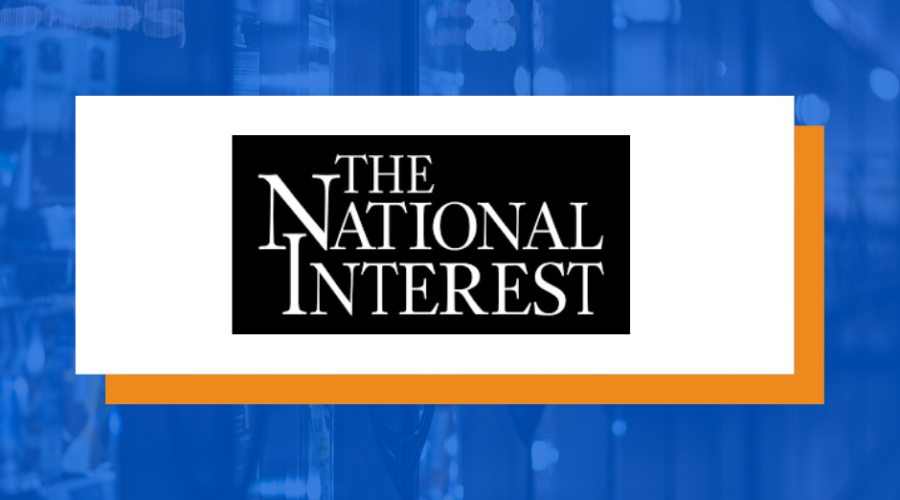Litigation Finance Exposes Our Judicial System to Foreign Exploitation
Now that Congress has come to its senses about a forced divestiture plan to uncouple TikTok from the Chinese Communist Party, we’d be remiss not to explore other examples of how powers such as China influence American institutions. Let’s look at our justice system.
In a handful of local court cases around the country, a Shenzhen-based firm has been clandestinely funding intellectual property lawsuits to help upend a major consumer brand.
That company, Purplevine IP, is a Chinese patency consulting firm that provided the money for the Florida tech company Staton Techiya in its lawsuits against Samsung. The company claims the South Korean electronics firm used its intellectual property in its popular audio products.
How do we know this? Because the Delaware judge in this case demanded information on third-party financial arrangements affecting the litigants. In November 2022, Chief Judge Connelly issued a standing order requiring that cases brought to him would need all outside funding disclosed in full before he heard a claim.
This arrangement, known as third-party litigation finance, is a booming trend in U.S. civil courts and is estimated to be a $13.5 billion industry.
Litigation funders are hedge funds, credit lenders, and venture capitalists who front legal costs in exchange for a percentage of any monetary reward. They offer financing to legal firms and plaintiffs fighting major class action lawsuits and tort cases they normally couldn’t afford.
Proponents and industry leaders claim these funding arrangements help empower smaller litigants against massive corporations that wronged them and that may have some merit. But it is also pushing the tools of justice into unknown territory that could be vulnerable to exploitation.
In popular culture, an infamous example of third-party litigation financing is the case of Terry Bodea, the wrestler known as Hulk Hogan, against the embattled online tabloid Gawker.
After a sex tape of Hogan leaked to the media outlet, a lawsuit was filed by Hogan against Gawker, claiming invasion of privacy. The moneyman backing this lawsuit, we later learned, was billionaire financier Peter Thiel, who had an axe to grind with the gossip site.
The $115 million judgment against Gawker has proven to be a major cultural turning point on free speech, media malice, and how far public interest can peek into private celebrities’ lives.
Yet, it also revealed how quickly the fast-growing third-party litigation finance industry shifts the balance of justice in civil cases, whether good or bad. Even more so once foreign companies begin using these same tactics to file suits against U.S. firms.
That worries at least a few on Capitol Hill, including Speaker of the House Mike Johnson (R-LA), who last year filed a bill to force disclosure of any and all foreign third-party litigation funders in court. The bill would also outlaw litigation finance—direct or indirect—by any foreign government or sovereign wealth fund.
A Senate bill introduced by Senators John Kennedy (R-LA) and Joe Manchin (D-WV) turned an eye to foreign-funded lawsuits “undermining our economic and national security.”
Beyond national security implications, litigation finance is a creative and unique way to gamify legal proceedings, transforming justice into a game of chance mirroring prop bets and sports wagers.
But more than betting on stocks based on company earnings or games according to player stats, litigation funders have the sway to advise lawyers on witnesses, frame arguments, or even advertise cases to draw more participants in large class actions. Unless judges and courts make direct demands for transparency, there is a chance that much of this could be happening unabated. Is this what we want for the future of civil justice?
Lawsuits are not Monday Night Football or Wall Street. They are tools available to citizens and aggrieved parties in a liberal democracy to deliver justice.
As Business Insider writes, litigation finance has gone from a humble part of the economy to now a top-tier “asset class,” overshadowing the principal aim of our civil courts.
The United States offers a free market and the rule of law for global innovators. This is a great advantage for consumers who benefit from a more bountiful supply of goods and services.
However, as we have seen recently with TikTok’s abuses of privacy and security and the growing intellectual property cases from well-financed firms in China, openness can also be abused to consumers’ detriment.
Disclosure of third-party litigation funding is both necessary and achievable. Many states have already passed laws around this issue, while many judges require it in their courts. The bills introduced in the House and Senate would be reasonable and adequate calls for transparency that would help safeguard our judicial system.
If we want to uphold true justice in America and keep our system fair and accessible, we must turn a spotlight on third-party litigation funding. We all have a stake in it.
Originally published here











